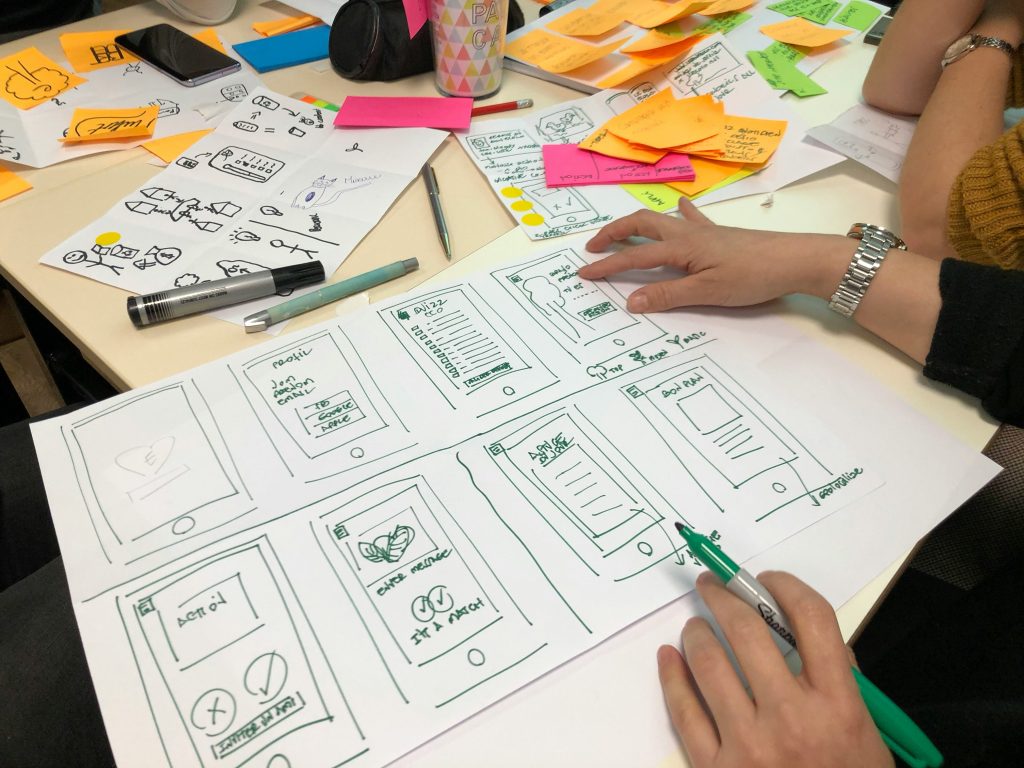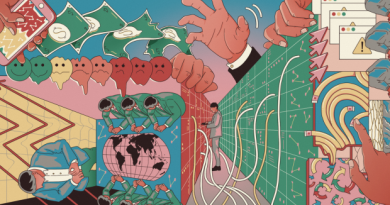Do we need specialised AI tools for education and instructional design?

In last weeks edition of her newsletter, Philippa Hardman reported on an interesting research project she has undertaken to explore the effectiveness of Large Language Models (LLMs) like ChatGPT, Claude, and Gemini in instructional design. It seems instructional designers are increasingly using LLMs to complete learning design tasks like writing objectives, selecting instructional strategies and creating lesson plans.
The question Hardman set out to explore was: “how well do these generic, all-purpose LLMs handle the nuanced and complex tasks of instructional design? They may be fast, but are AI tools like Claude, ChatGPT, and Gemini actually any good at learning design?” To find this out she set two research question. The first was sound the Theoretical Knowledge of Instructional Design by LLMs and the second to assess their practical application.She then analysed each model’s responses to assess theoretical accuracy, practical feasibility, and alignment between theory and practice.
In her newsletter Hardman gives a detailed account of the outcomes of testing the different models from each of the three LLM providers, But the The headline is that across all generic LLMs, AI is limited in both its theoretical understanding and its practical application of instructional design. The reasons she says is that they lack industry specific knowledge and nuance, they uncritically use outdated concepts and they display a superficial application of theory.
Hardman concludes that “While general-purpose AI models like Claude, ChatGPT, and Gemini offer a degree of assistance for instructional design, their limitations underscore the risks of relying on generic tools in a specialised field like instructional design.”
She goes on to point out that in industries like coding and medicine, similar risks have led to the emergence of fine-tuned AI copilots, such Cursor for coders and Hippocratic AI for medics and sees a need for “similar specialised AI tools tailored to the nuances of instructional design principles, practices and processes.”




